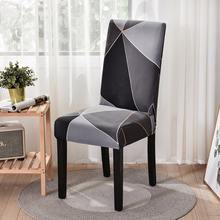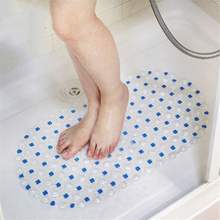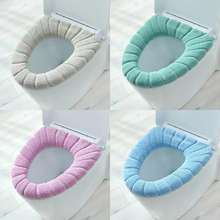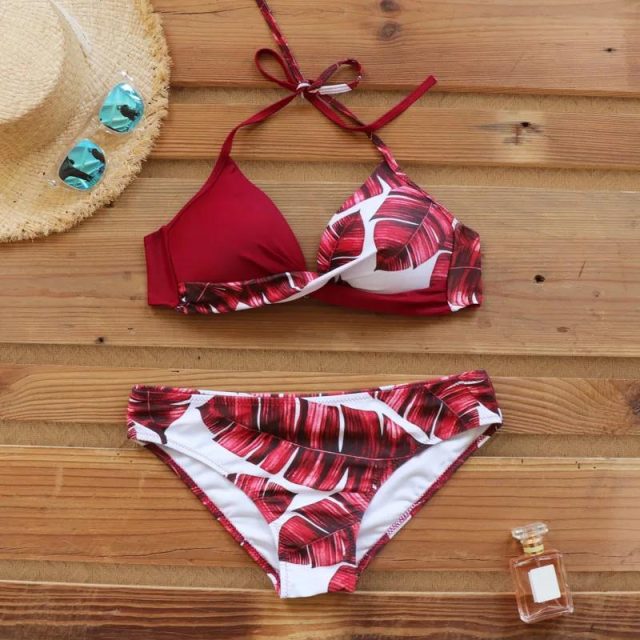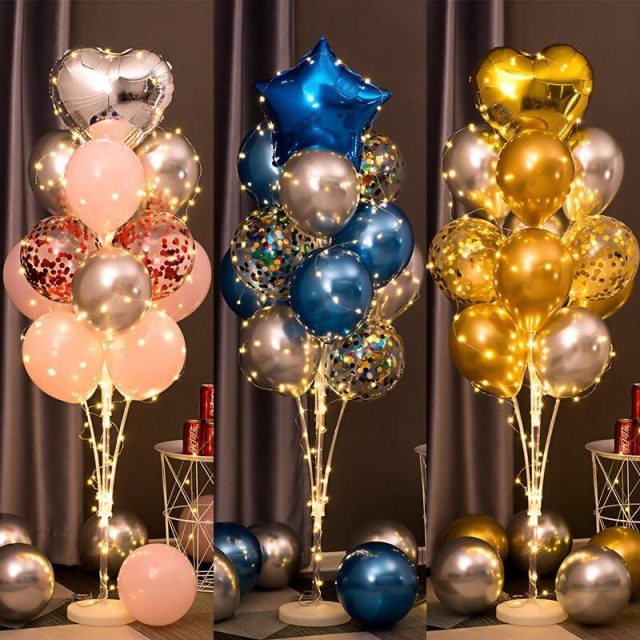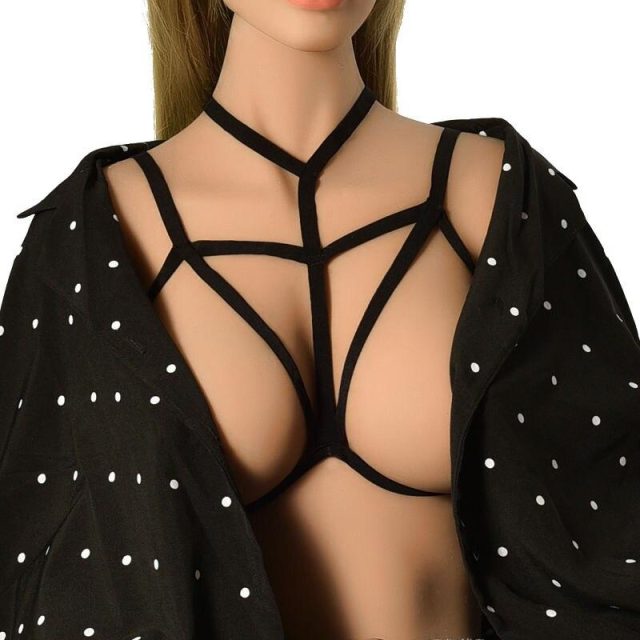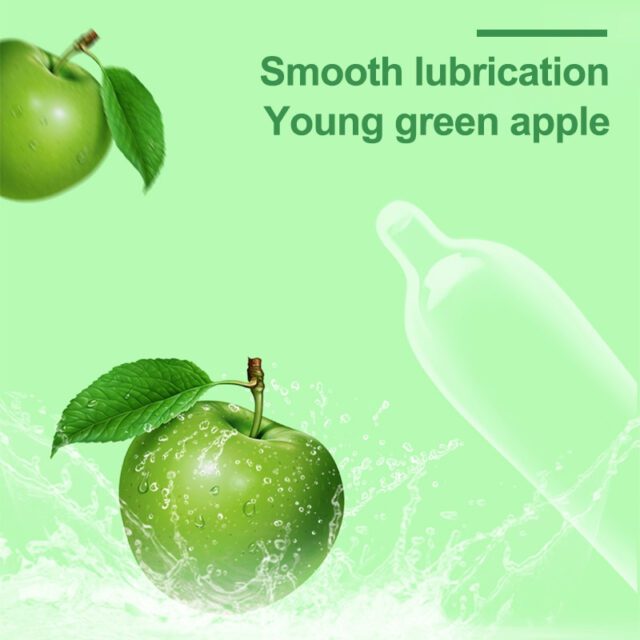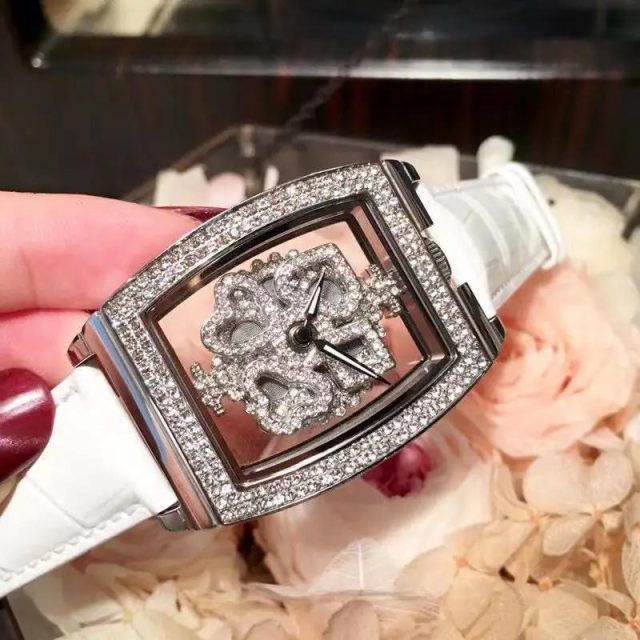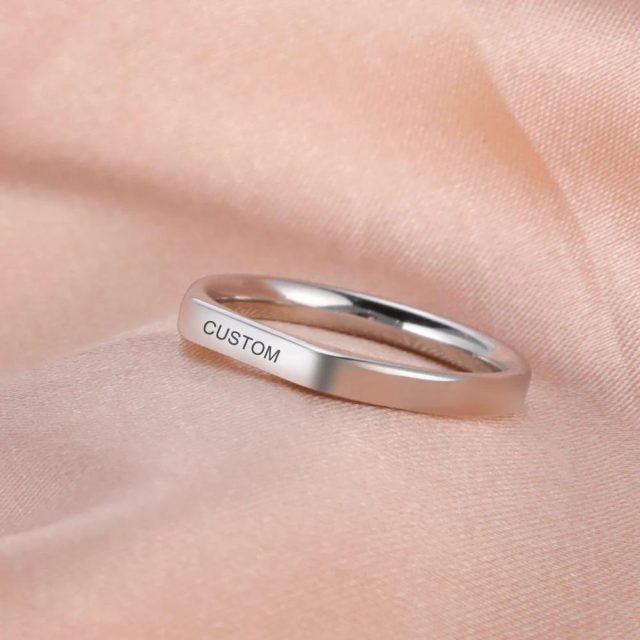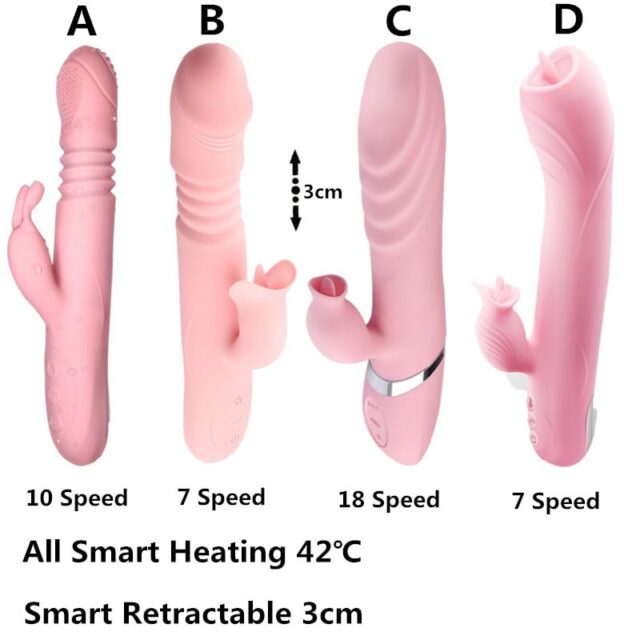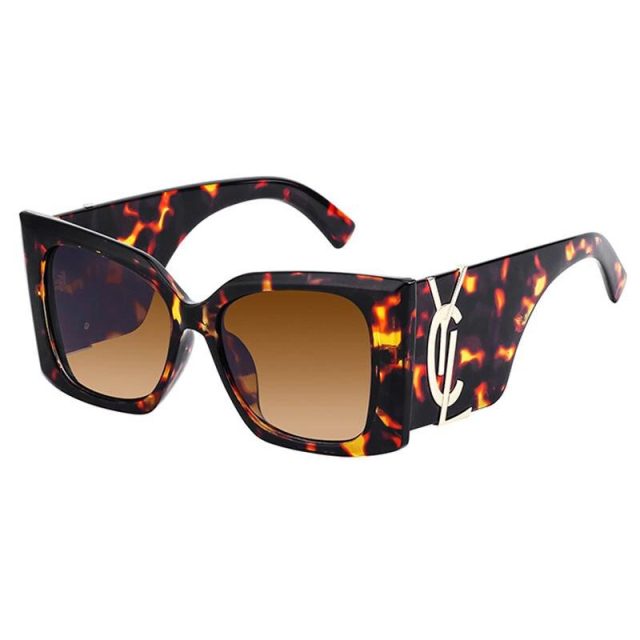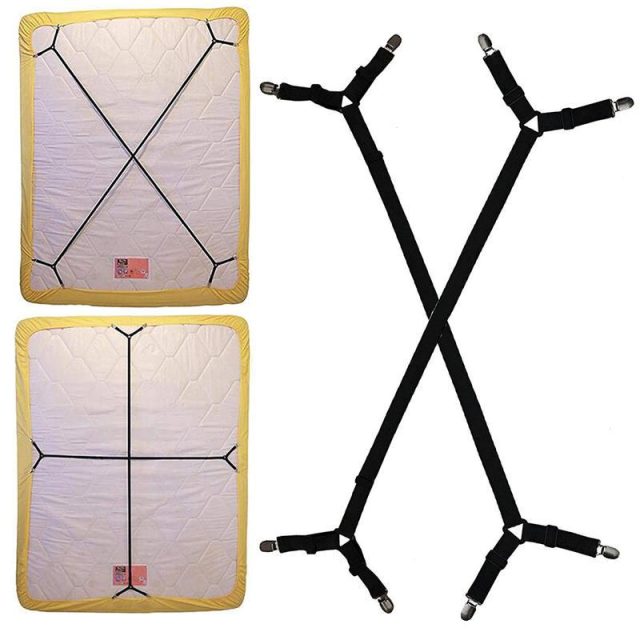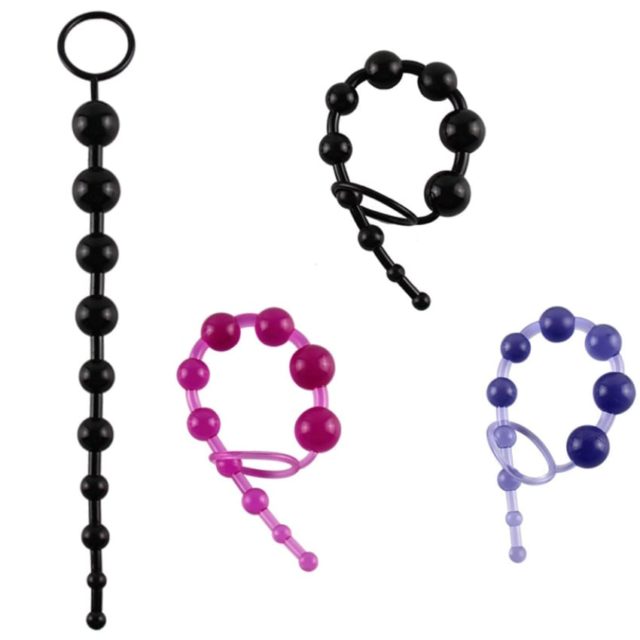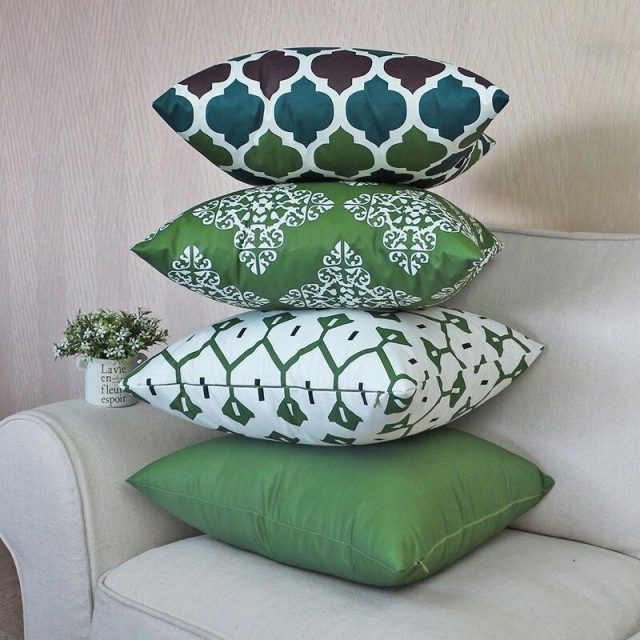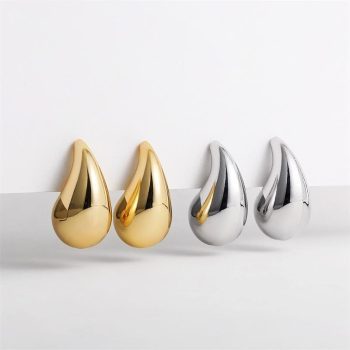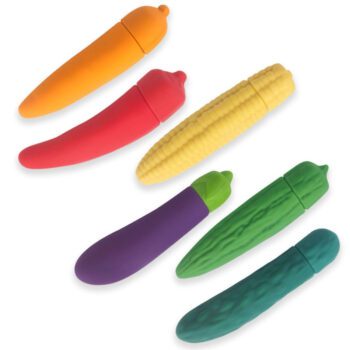- Activewear and Workout Clothes
- Barefoots
- Anklets
- Best Selling
- Boots
- Bracelets
- Curtains
- Cushion Covers
- Digital Clock
- Earrings
- Estim
- Flats
- Flip Flops
- Food Boxes
- Gifts
- Abstract Wall Art
- Bathroom Wall Art
- Canvas Wall Painting
- Bathroom Rugs
- Bedroom Rugs
- Designer Rugs
- BDSM-Bondage Gear
- Female Sex Toys
- Bikini, Knickers, Panties, Swimwear
- Birthday Decoration
- Fetish Wear
- Cock Ring
- Condoms
- Handbags
- Health And Wellness
- LGBT Pride
- Male Sex Toys
- Heels & High Heels
- Home Decor
- Jewellery
- Jewelry Sets
- Kitchen Tools & Utensils
- lamp
- Lamps
- Luxury Watches
- Male Masturbator & Fleshlight
- Men’s Products
- Necklaces
- Party Items
- Party Supplies
- Penis Plugs, Urethral Sounding
- Penis Pumps, Stretchers
- Quilt Covers
- Rings
- Rugs
- Sandals
- Handcuffs & Bondage Set
- Kegel Balls
- Nipple Stimulator
- Nipple Sucker, Covers, Clamps
- Pheromones
- Rabbit Vibrators
- Sex furniture
- Kitchen Wall Decoration
- Modern Wall Art
- Long Sleeve Shirts
- Sex Lube
- Sexy Lingerie
- Skeleton Watches
- Slippers
- Smartwatches
- Sneakers
- Sport Watches
- Trainer Shoes
- Uncategorized
- Wall Decoration
- Watches
- Wedding Shoes
- Women’s Glasses
- Women’s Products
- Women’s Shoes
- Women’s Watches
- Vibrators
- Sex Swings and Furniture
- Whips
- Sex Toys for Couples
- Sofa Cushion Covers
- Waterproof Cushion Covers
- Stair Rugs














